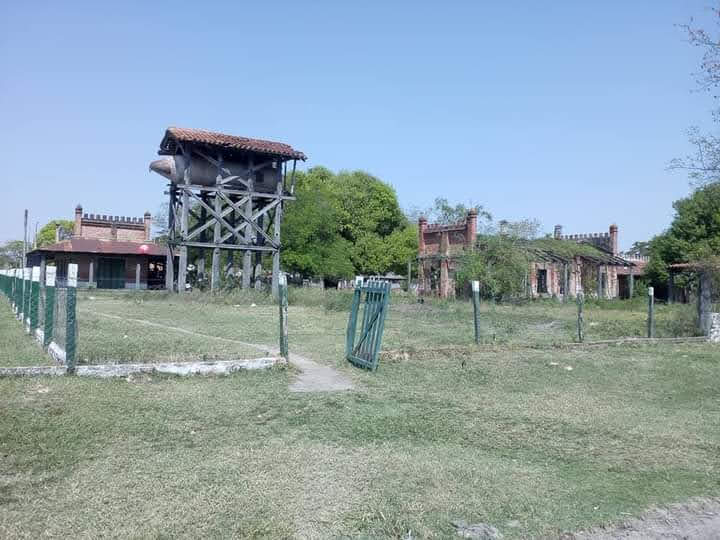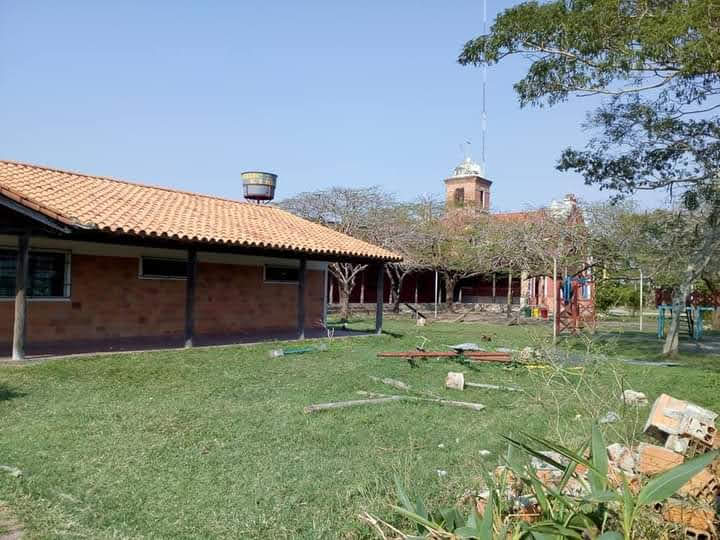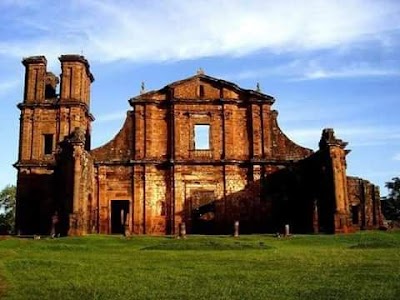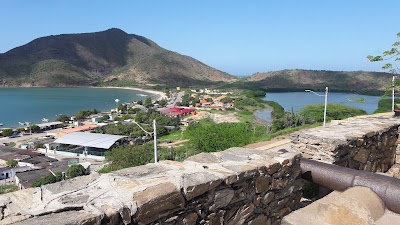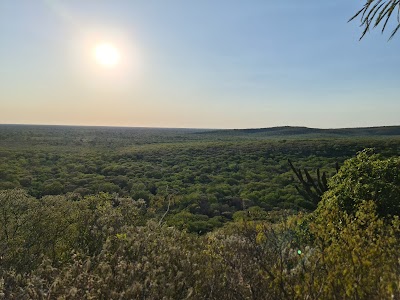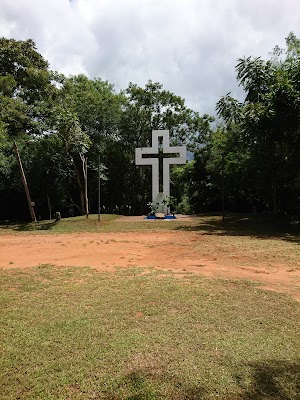La Victoria (La Victoria)
Overview
La Victoria, a quaint settlement in the Alto Paraguay Department of Paraguay, stands as a remarkable testament to human perseverance and ingenuity. Founded in the Early 20th Century, this area was initially developed to support the burgeoning cattle ranching industry. Drawn by the promises of fertile land and new beginnings, settlers ventured into this verdant yet challenging landscape, ready to carve out their futures.
The journey to establish La Victoria was anything but easy. Overcoming Natural Challenges was paramount, as dense forests blanketed much of the region, complicating efforts to clear land for housing and agriculture. Early inhabitants wielded simple tools such as machetes and axes, laboriously transforming the wilderness into a livable space. Despite the harsh conditions, they ingeniously constructed rudimentary homes using locally sourced timber and thatched roofs made from palm leaves, marking the beginning of their resilient community.
Water scarcity posed another significant hurdle. Addressing Water Needs was critical, as available sources were often far from the settlement. Determined to secure their livelihoods, early settlers dug wells by hand—a labor-intensive endeavor that could take weeks or even months. These wells were meticulously lined with stones to prevent collapse, becoming essential for both drinking and irrigation purposes.
Recognizing the importance of Community Cooperation, the settlers organized themselves to thrive in this challenging environment. They shared responsibilities in building homes, planting crops, and tending to livestock. With no formal roads, transportation relied on horse-drawn carts and boats navigating the Paraguay River, which served as a vital trade route connecting them to neighboring settlements.
Among the first community structures to emerge were Educational and Religious Institutions. A makeshift school was established, where a traveling teacher provided basic education to the local children, while a small chapel became the spiritual heart of La Victoria, hosting weekly masses and community gatherings. These institutions played a crucial role in fostering unity and a shared purpose among the settlers.
As the decades rolled on, La Victoria began to Modernize and Evolve. The arrival of electricity in the 1980s transformed daily life, opening doors to new forms of communication and entertainment. Gradually, dirt roads were upgraded to gravel and then paved, significantly improving accessibility to and from the settlement.
The region's agriculture also underwent a transformation, shifting from subsistence farming to more Commercial Operations. With advancements in farming techniques and equipment, residents increased their yields and diversified their crops, growing staples like corn and cassava alongside lucrative cash crops.
Despite the modernization, La Victoria has managed to retain much of its original character. The community remains tightly knit, with generations of families living and working together. Traditional Festivals and Celebrations continue to honor the rich cultural heritage of the area, preserving the customs and practices passed down from their ancestors.
In essence, La Victoria's history is a rich tapestry woven with threads of hardship, resilience, and communal spirit. From its humble beginnings carved out of dense forests to its current state as a modernizing yet traditional settlement, La Victoria exemplifies the enduring spirit of its people and their remarkable ability to adapt and thrive.


